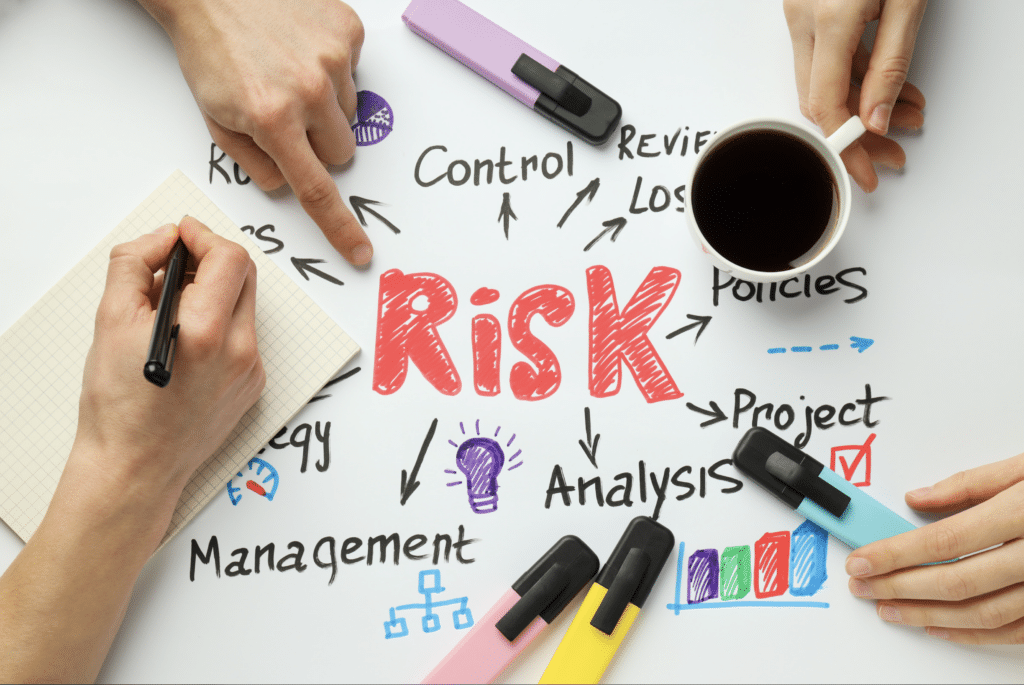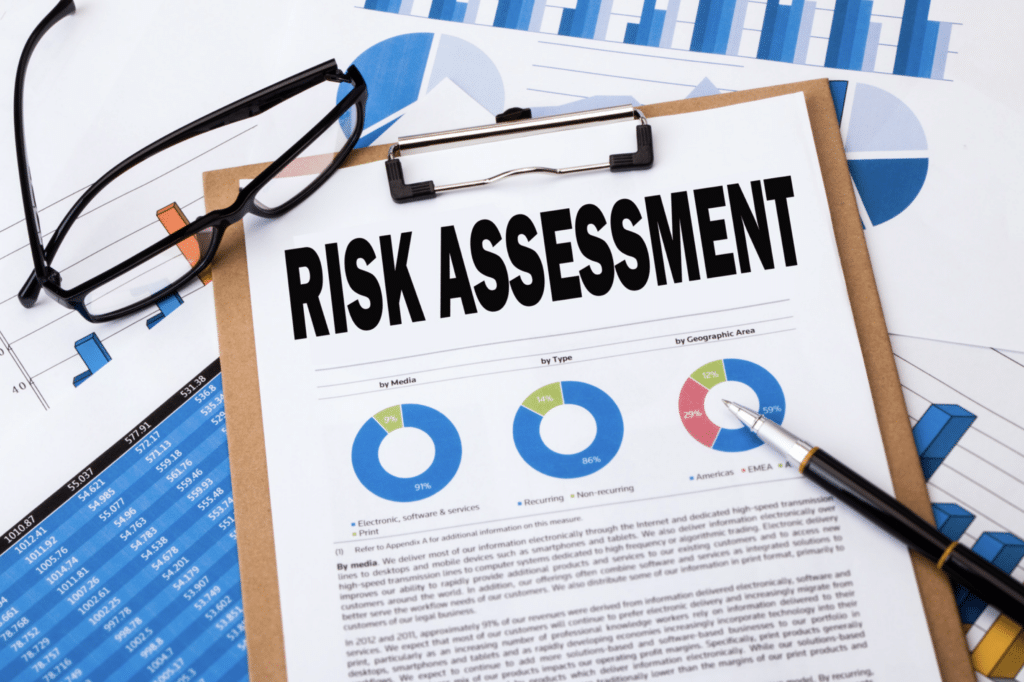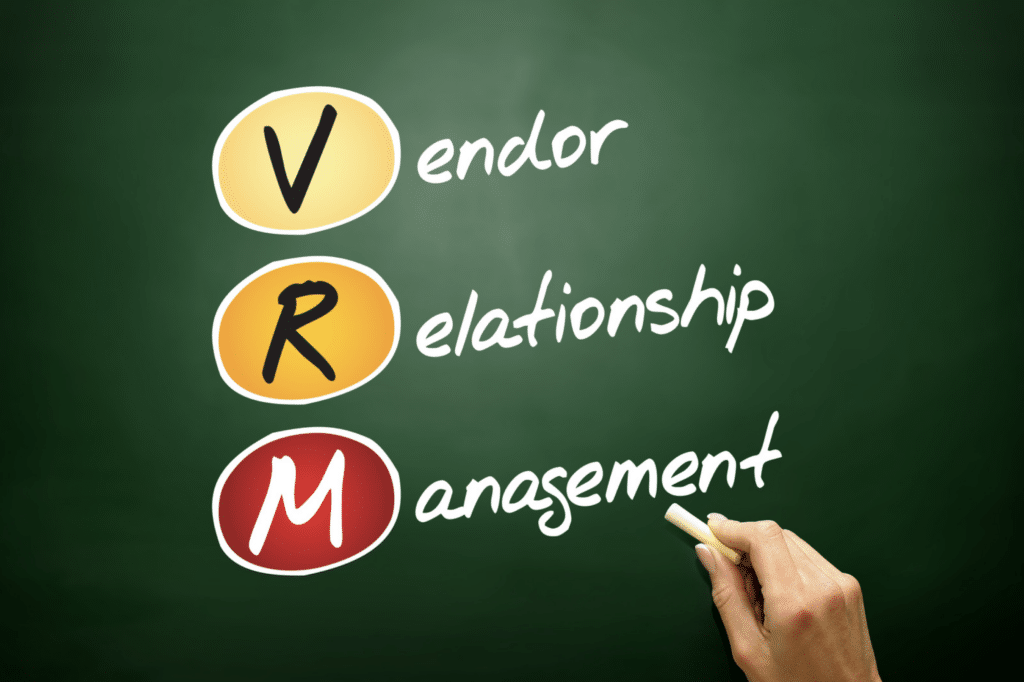
Tim Mektrakarn - CISSP | CISA | ISO 27001
February 26, 2025
Elevating TPRM through Strategic Vendor Risk Assessment
The unfolding of the recent global pandemic has laid bare the intricate intricacies of today’s business ecosystems, spotlighting the indispensable role of Third-Party Risk Management (TPRM) in the context of comprehensive vendor risk assessment. This era demands from businesses a dynamic approach to TPRM, where they actively engage in vendor risk assessments processes to evaluate, manage, and mitigate the diverse risks introduced by third-party vendors. Such assessments are pivotal for businesses aiming to navigate the complexities of reliance on external entities, crucial for fostering growth, innovation, and operational efficiency. The strategic integration of TPRM with vendor risk assessment practices is paramount in today’s rapidly evolving business landscape.
Actively Engaging in TPRM and Vendor Risk Assessments
Vendor risks span a broad spectrum, from cybersecurity breaches to financial instability, making proactive vendor risk assessments under the TPRM framework essential. Let’s dive into the proactive engagement in TPRM practices to navigate common vendor-associated risks and their potential impacts on business operations and reputation.

Mitigating Cybersecurity Risks with TPRM
Cybersecurity risks stand as a primary concern within TPRM, with third-party vendors potentially serving as conduits for cybercriminals. Through diligent vendor risk assessments, businesses must ensure that vendors have stringent security measures in place to shield against data breaches, ransomware, and other cyber threats.
Upholding Compliance through TPRM
Compliance risks pose a significant challenge in TPRM, necessitating active efforts to ensure that vendors comply with relevant regulatory standards and laws. Incorporating compliance checks into vendor risk assessments helps businesses avoid the repercussions of non-compliance, including legal penalties, fines, and reputational damage.
Ensuring Operational Integrity
Operational risks, identified through vendor risk assessments, highlight the potential for vendors to disrupt business operations. Within the TPRM framework, businesses work to ensure that vendors reliably meet their service delivery and contractual obligations, thereby safeguarding operational efficiency and customer satisfaction.
Assessing Financial Stability
Financial risks concern a vendor’s economic health and stability, a critical focus of vendor risk assessments within TPRM. Monitoring the financial status of vendors helps businesses anticipate and mitigate potential supply chain disruptions and associated costs.
The impacts of vendor-associated risks on business operations and reputation are far-reaching. Cybersecurity breaches, uncovered through rigorous TPRM and vendor risk assessments, can lead to significant financial and trust deficits. Compliance failures may result in severe legal and financial consequences. Operational disruptions and financial instability, identified through effective TPRM practices, necessitate swift, strategic responses to maintain service continuity and safeguard profitability.

Supply Chain Hacks
The SolarWinds hack, a sophisticated cyber espionage operation discovered in December 2020, represents one of the most significant security breaches in recent history. Orchestrated by allegedly state-sponsored actors, it involved the compromise of the SolarWinds Orion software, widely used by government agencies and Fortune 500 companies for network management. By inserting malicious code into the software’s updates, the attackers gained access to the networks of thousands of SolarWinds’ customers, including top US government agencies and numerous private sector organizations.
The impact of this breach was profound, leading to a serious reevaluation of national cybersecurity strategies, increased scrutiny on supply chain security, and heightened tensions between the involved nations. The SolarWinds hack not only exposed vulnerabilities in global cybersecurity practices but also underscored the importance of stringent security measures and monitoring within the software development and distribution process.
Steps to Perform a Vendor Risk Assessment
Conducting a vendor risk assessment is a structured approach to managing the potential threats posed by third-party partnerships. This crucial process involves several key steps, starting with identifying vendors and categorizing the risks they might bring. Let’s delve into these foundational steps.
1. Identifying Vendors
Creating an Inventory of All Third-Party Vendors
The first step in a vendor risk assessment is to create a comprehensive inventory of all third-party vendors with whom your organization interacts. This list should include every vendor, from major suppliers and service providers to minor contractors and consultants, encompassing all types of third-party engagements. The aim is to have a clear overview of who has access to your systems, data, or resources, which is critical for a thorough risk assessment.
Importance of Categorizing Vendors Based on Services Provided
Once the inventory is established, categorizing vendors based on the services they provide or the type of access they have to your organization’s information and resources is essential. This categorization helps in understanding the potential impact each vendor may have on your business. For instance, vendors with access to sensitive data pose a different level of risk compared to those supplying physical goods. This step is not just about listing the vendors but about understanding their role and potential impact on your organization’s security posture and operations.

2. Categorizing Risks
Differentiating Between Types of Risks
With a clear view of the vendors, the next step is to categorize the types of risks they might introduce. Risks can be strategic, reputational, operational, among others. Strategic risks could involve long-term partnerships affecting your business strategy, reputational risks might stem from a vendor’s actions affecting your brand, and operational risks could arise from a vendor’s failure to deliver a critical service or product. Recognizing these different risk types is pivotal in understanding how a vendor might affect your business.
Prioritizing Vendors Based on Potential Risk Levels
After identifying the types of risks, assessing and prioritizing vendors based on the potential risk levels they pose is crucial. This involves evaluating the likelihood of a risk occurring and its potential impact on the business. Vendors with access to critical systems or sensitive data, for example, would be considered high risk and thus a higher priority for in-depth assessment. This prioritization ensures that efforts and resources are focused on managing the most significant risks.
3. Assessing Risk Levels
Once you’ve identified and categorized your vendors and the risks they pose, the next critical steps in a vendor risk assessment involve assessing risk levels and developing tailored mitigation strategies. These phases are pivotal in transforming your understanding of risks into actionable plans that safeguard your organization.
Techniques for Evaluating the Likelihood and Impact of Risks
Evaluating the likelihood and impact of identified risks is essential for prioritizing them effectively. This can be achieved through various techniques, such as risk matrices, which plot the likelihood of a risk event against its potential impact on the organization. This visual representation helps in understanding which risks require immediate attention and resources. Another technique involves scenario analysis, which assesses the outcomes of different risk scenarios, providing deeper insights into potential vulnerabilities.
Tools and Methodologies for Risk Assessment
Several tools and methodologies can streamline the risk assessment process. Questionnaires and surveys tailored to specific risk categories can elicit detailed information on vendors’ practices and controls. Audits, such as reviewing a vendor’s SOC 2 Type II report, whether conducted internally or by third parties, offer an in-depth review of a vendor’s processes, controls, and compliance with industry standards. Additionally, software tools that specialize in risk assessment can automate much of the process, offering real-time risk monitoring and analytics.

4. Developing Mitigation Strategies
Tailoring Risk Mitigation Plans to Specific Risks and Vendors
With a clear understanding of the risks, the next step is to develop mitigation strategies that are tailored to the specific risks and vendors. This bespoke approach ensures that the mitigation efforts are directly aligned with the nature and severity of the identified risks. For instance, a vendor posing a high cybersecurity threat may require different mitigation strategies compared to one that presents a financial risk.
Implementing Security Measures, Contractual Agreements, and Compliance Checks
Mitigation strategies can encompass a variety of actions, including the implementation of additional security measures such as encryption or multi-factor authentication. Contractual agreements play a crucial role, as they can be structured to include specific clauses that obligate vendors to adhere to certain security standards and practices. Compliance checks are also vital, ensuring that vendors continuously meet regulatory requirements and industry standards including producing SOC 2 Type II reports on an annual basis. These strategies not only mitigate risks but also establish a framework for ongoing risk management and vendor accountability.
5. Monitoring and Review
With strategies in place to mitigate identified risks, the focus of vendor risk assessment shifts towards ensuring these measures remain effective over time. This requires a robust framework for continuous monitoring, periodic review, and meticulous documentation and reporting. These steps are crucial for adapting to the evolving vendor landscape and maintaining transparency with stakeholders.
Establishing Processes for Continuous Monitoring and Periodic Reviews
Continuous monitoring involves keeping a vigilant eye on vendor performance and risk exposure as business operations, and external environments evolve. This can include the use of software tools that provide real-time alerts on vendor-related risks or changes in the vendor’s operational status. Periodic reviews, conducted on a regular schedule, allow for a deeper dive into each vendor’s compliance status, performance against contractual obligations, and any shifts in the risk landscape. These reviews ensure that risk mitigation strategies remain aligned with current risks and organizational objectives.
Adapting to Changes in the Vendor Landscape and Emerging Risks
The vendor landscape is dynamic, with new risks emerging as technology advances, regulatory environments evolve, and global economic conditions shift. Continuous monitoring and periodic reviews enable organizations to adapt quickly to these changes, adjusting their risk management strategies as necessary. This adaptability is essential for managing long-term vendor relationships and ensuring that risk mitigation efforts are proactive rather than reactive.
6. Documentation and Reporting
Importance of Maintaining Detailed Records for Compliance and Audits
Documentation plays a critical role in vendor risk management. Detailed records of risk assessments, mitigation strategies, monitoring activities, and review findings not only provide a roadmap for managing vendor risks but also serve as evidence of due diligence in compliance and audit processes. These documents should be accurate, up-to-date, and readily accessible to demonstrate compliance with regulatory requirements and facilitate internal and external audits.
Reporting Mechanisms for Transparency and Stakeholder Communication
Effective reporting mechanisms are key in Third-Party Risk Management (TPRM) to maintaining transparency with stakeholders, including senior management, regulatory bodies, and in some cases, the public. Reports should summarize the status of vendor risks, the effectiveness of mitigation strategies, and any significant changes in the risk landscape. They should also highlight any actions taken or planned in response to monitoring and review findings. Transparent reporting ensures that stakeholders are informed about the organization’s vendor risk posture and the steps being taken to manage those risks.
By establishing robust processes for continuous oversight and clear communication, organizations can ensure that their risk mitigation efforts are effective, compliant, and aligned with both current and future business objectives. This ongoing vigilance is essential for navigating the complexities of third-party relationships in an ever-changing risk landscape.

Best Practices for Effective Vendor Risk Management
Vendor risk management is a critical aspect Third-Party Risk Management / TPRM and modern business strategy, ensuring that third-party relationships enhance rather than endanger operational efficiency and compliance. Implementing best practices in vendor risk management not only mitigates risks but also fosters a collaborative environment for continuous improvement and innovation. Here are key practices that can significantly enhance the effectiveness of your Third-Party Risk Management efforts.
Building Strong Relationships with Vendors
A cornerstone of effective Third-Party Risk Management is the development of strong, transparent relationships with your vendors. This involves open communication about expectations, standards, and objectives. Engaging vendors as partners rather than mere suppliers encourages them to align more closely with your organization’s values and standards, fostering a mutual commitment to maintaining high levels of security, compliance, and operational excellence. Regular meetings and feedback sessions can help both parties understand and address potential risks proactively.
Leveraging Technology for Efficient Risk Assessment and Monitoring
Technology plays a pivotal role in streamlining the processes of risk assessment and continuous monitoring. Utilizing dedicated vendor risk management software such as Drata can automate much of the data collection and analysis, providing real-time insights into vendor performance and risk exposure. These tools often come equipped with features for tracking compliance, monitoring cybersecurity postures, and even predicting potential disruptions, making it easier for organizations to manage and mitigate risks efficiently.

Regular Training and Awareness for Teams Involved in Vendor Management
The human element cannot be overlooked in vendor risk management. Regular training and awareness programs from KnowBe4 for teams involved in vendor selection, management, and monitoring are crucial. Such training should cover the latest trends in risk management, regulatory compliance, and cybersecurity, ensuring that staff are well-equipped to identify and address risks. Encouraging a culture of vigilance and continuous improvement empowers employees to take proactive steps in managing vendor relationships effectively.
Conclusion
The landscape of vendor risk assessment is complex and fraught with potential pitfalls, yet it remains an indispensable part of securing and optimizing business operations in a world increasingly reliant on third-party services and solutions. Recognizing the importance of vendor risk assessment is the first step towards safeguarding your organization against a myriad of risks that can impact operational integrity, compliance, and competitive edge.
By building strong relationships with vendors, leveraging technology for efficiency, and ensuring regular training and awareness, organizations can navigate the complexities of vendor risk management more effectively. This proactive stance not only mitigates risks but also unlocks the full potential of your vendor relationships, driving value and innovation in your operations. Embrace these best practices to foster a resilient, compliant, and high-performing vendor ecosystem.
Bright Defense TPRM Solutions
Elevate your cybersecurity posture with Bright Defense’s leading-edge Third-Party Risk Management (TPRM) and vendor risk assessment services, integral components of our vCISO and Continuous Compliance service plans. Our comprehensive TPRM solutions, designed by expert cybersecurity professionals, provide you with the tools and insights needed to navigate the complexities of third-party interactions confidently. From detailed vendor risk assessments to continuous monitoring and compliance checks, our services are tailored to safeguard your data, protect your operations, and maintain your reputation. Join the ranks of businesses that trust Bright Defense to fortify their defenses against the evolving threat landscape. Contact us today to integrate our TPRM and vendor risk assessment services into your cybersecurity strategy and take the first step towards achieving Continuous Compliance and unparalleled security peace of mind.
Get In Touch



